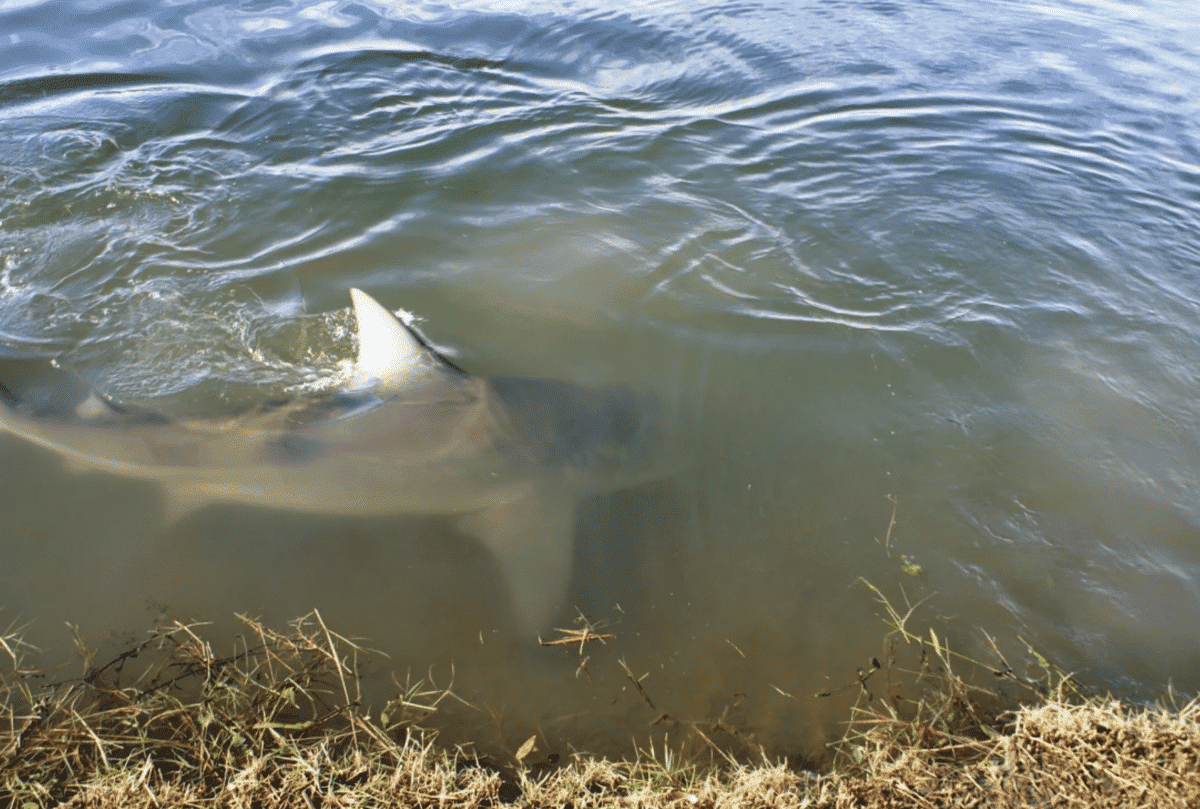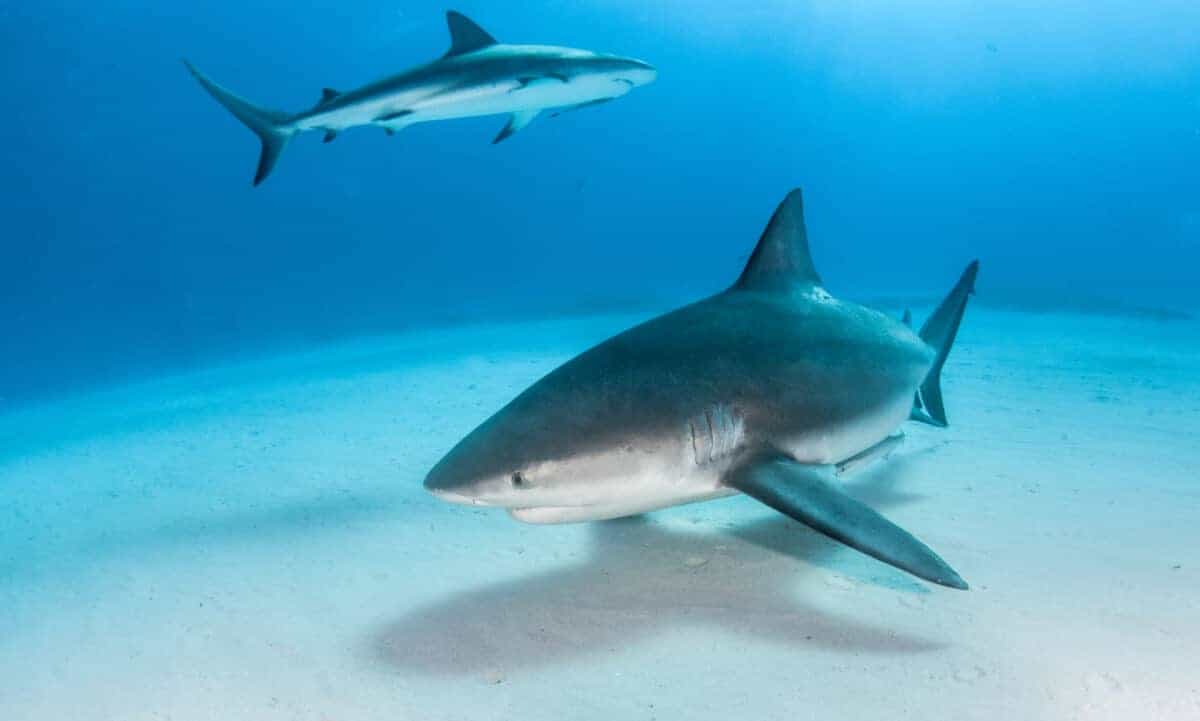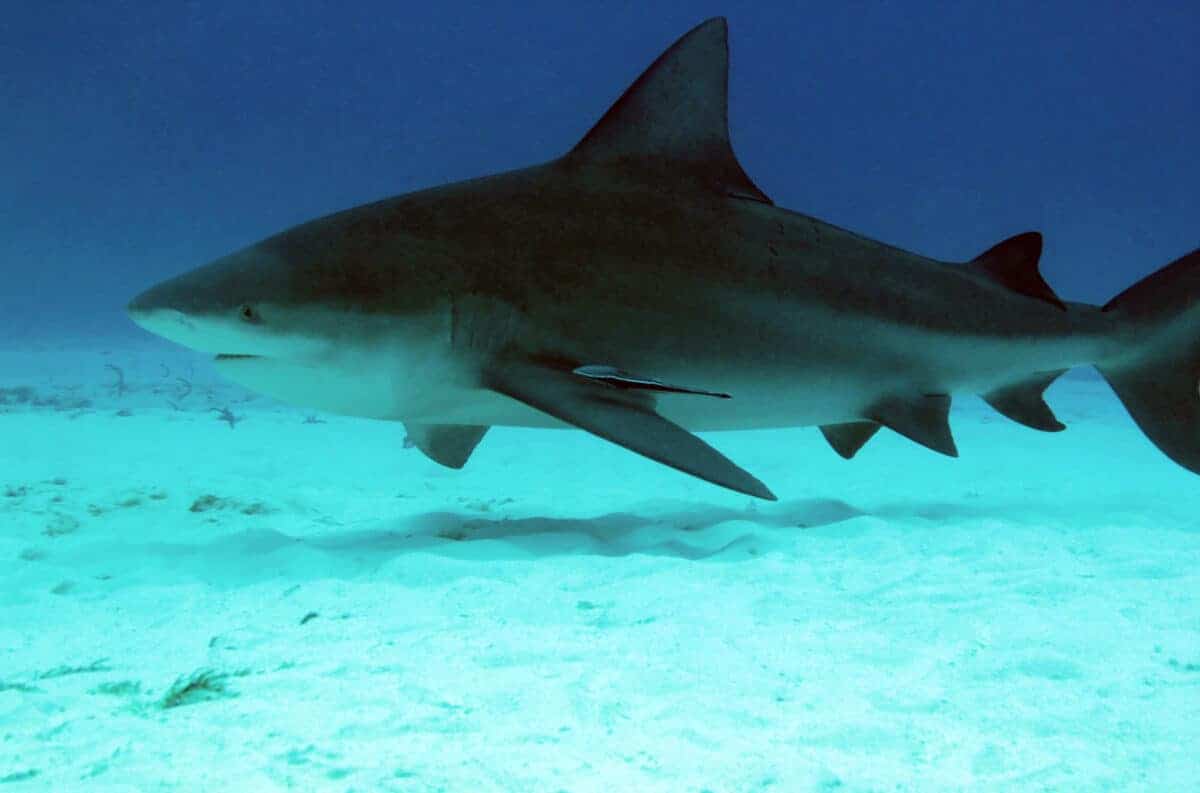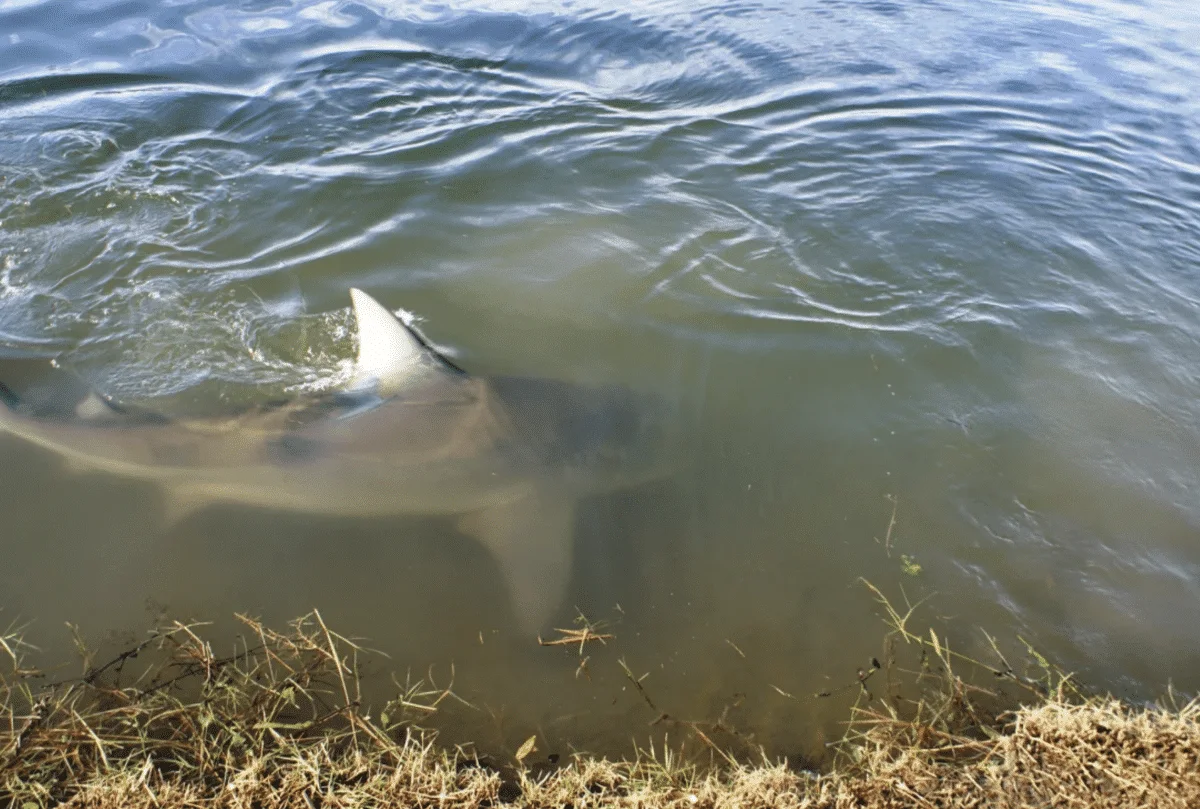Adaptable and aggressive, bull sharks are renowned freshwater travellers, exploring kilometres up rivers and estuaries – some ending up in unexpected places, like a landlocked lake in Queensland, Australia.

Nestled between the Coral and Tasman Sea in the Pacific Ocean – two ecosystems known for hosting a vast tapestry of aquatic life – you’ll find Logan River, a hotspot for bull sharks. This serene river winds through Queensland, bordering Carbrook golf club, a stunning course elevated by its surrounding lakes. One of these lakes became home to around six bull sharks, taking “out of bounds” to new heights.
The Unbelievable Explanation of How Bull Sharks Migrated to the Golf Course
Remarkably, Carbrook is located 14 kilometers upstream, and what began as a routine day of hunting turned into a 17-year hiatus. In 1996, torrential flooding caused Logan River to overflow, merging neighboring lakes. This event led to several bull sharks residing next to the 14th hole – a place they would call home for nearly two decades.

Their escape didn’t occur until 2013, the result of another relentless flood connecting the lakes and river, allowing a heroic return to the Pacific Ocean.
Watch Bull Sharks Cruise in Carbrook Golf Course Lake
Feared Apex Predators
Renowned for their killer instincts and confident manner, bull sharks are one of the most feared apex predators. Why? Because, contrary to most shark species like Great Whites who often mistake humans for seals and other prey, the former actively seeks and hunts anything in their path, from fish and rays to even other sharks.

Habitat and Roaming
Bull sharks, recognized for their adaptability, are versatile travelers in both salt and freshwater environments. Their habitat spans a wide range, from coastal seas to deep inland rivers. These apex predators exhibit a remarkable ability to navigate diverse ecosystems, making them one of the few shark species capable of thriving in both marine and freshwater environments. Notably, bull sharks are frequently found in estuaries and river mouths, where saltwater and freshwater mix. The ability to regulate their body’s salt concentration, known as osmoregulation, allows them to thrive in environments where other shark species would struggle.

One of the notable locations where they roam is the murky waters of the Amazon River in South America. They’ve been documented as far upstream as Iquitos in Peru, showcasing their incredible capacity to adapt to diverse conditions. Additionally, coastal areas of Australia, the Gulf of Mexico, and the Indian subcontinent are known hotspots for bull shark activity.
Diet and Feeding Habits of Bull Sharks
As apex predators, they have a diverse and opportunistic diet. Their voracious appetite leads them to actively hunt a wide array of prey, distinguishing them from other shark species. Bull sharks feed on various fish species, rays, and crustaceans. Their predatory behavior extends to other sharks, underscoring their status as formidable hunters within the marine ecosystem.

What sets them apart is their willingness to venture into shallow waters, including freshwater habitats, in search of food. This adaptability allows them to target prey in rivers and lakes, demonstrating a unique hunting strategy that contributes to their reputation as highly efficient and fearsome predators. The combination of their extensive habitat range and diverse diet makes bull sharks a crucial component of the intricate balance within aquatic ecosystems.
Join our Forum for free today!

- Elderly Man Kills Grizzly Bear in Montana - July 22, 2024
- Missing Cat Found Weeks Later, 40 Miles Away - July 21, 2024
- The Fastest Animal on Earth: So, How Quick Are Cheetahs? - July 21, 2024


